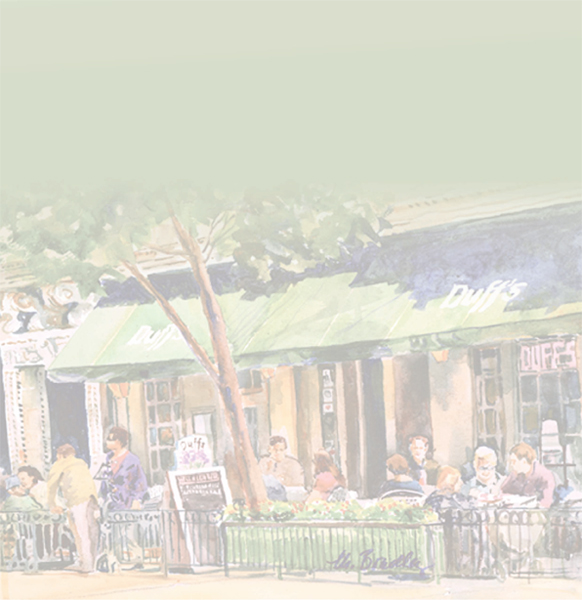CHAPTER 9
Macroeconomic Viewpoints and Models
CHAPTER OBJECTIVES
To understand that there are several major macroeconomic models with different assumptions that focus on different relationships, and to recognize the historical dimension of macroeconomic theory.
To discuss the fundamental relationships of the classical, new classical, Keynesian, new Keynesian, and monetarist schools of thought.
To describe the classical aggregate demand–aggregate supply model and its conclusions.
To understand the basic relationships in the Keynesian model and the policy implications of the model.
To explain the new classical model and its policy implications.

In Chapter 5, we discussed macroeconomic fluctuations: The macroeconomy is always expanding or contracting, or in some phase of a business cycle. Production increases and unemployment falls during a recovery, and production decreases and unemployment rises during a recession. The causes of these fluctuations have been pondered for centuries, as have the causes of another major macroeconomic problem: inflation.
The relationship between the amount of total spending in an economy and the economy's levels of production and employment was laid out in Chapter 5. Businesses respond to spending changes by households, other businesses, government, and foreign buyers by increasing or decreasing their levels of production.
The foundation built in ...
Get Economics: Theory and Practice, 10th Edition now with the O’Reilly learning platform.
O’Reilly members experience books, live events, courses curated by job role, and more from O’Reilly and nearly 200 top publishers.

